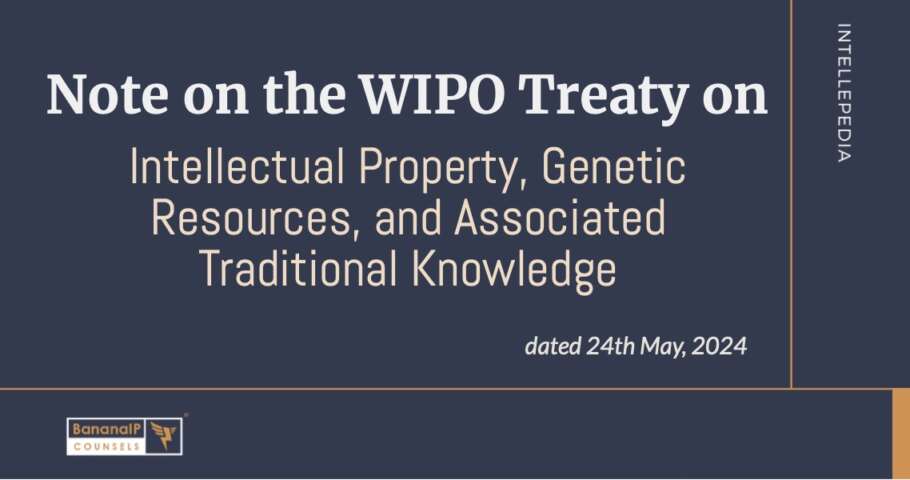On May 30, 2024, the High Court of Himachal Pradesh granted an interim injunction to Boehringer Ingelheim, restraining Eris Lifesciences from manufacturing, selling, or marketing Empagliflozin tablets due to patent infringement. The court emphasized the importance of maintaining scientific integrity and upheld the validity of Boehringer’s patent. Continue Reading Boehringer secures Patent Injunction for its Diabetes Drug – Empagliflozin










